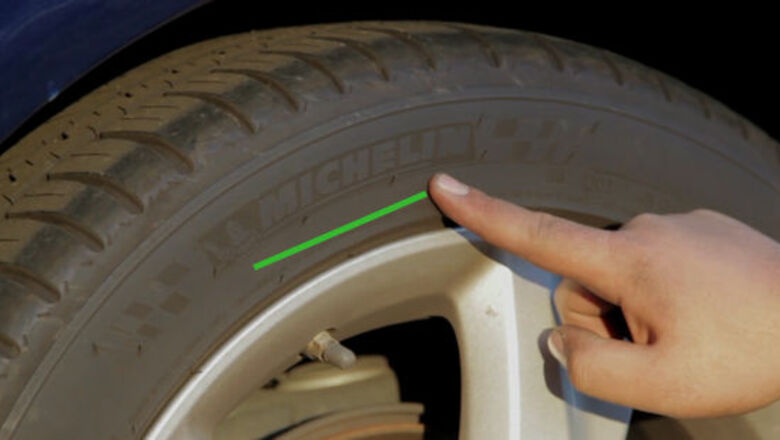
views
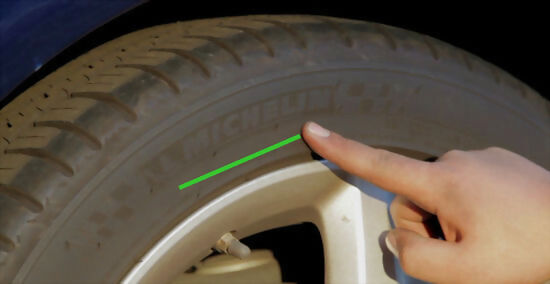
Read the manufacturer and the tire name. These are printed in large letters toward the outside of the tire. They say the name brand of the company, such as Hankook, or Michelin, or Goodyear. The tire name may be letters only or a combination of numbers and letters, such as Goodyear's Eagle F1 GS-D3, the Hankook Ventus R-S2 Z212, or the Kumho Ecsta MX.
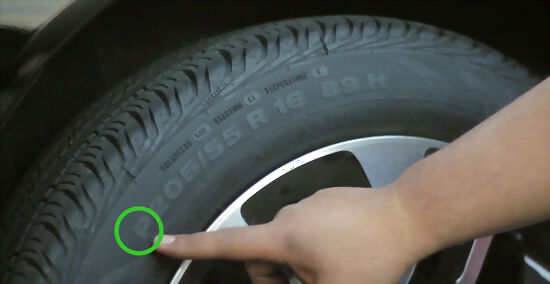
Look at the service description. The service description, although it doesn't appear on every tire, is usually right after the manufacturer name. It comes in either a "P," "LT," "ST," or "T." "P" stands for passenger car. "LT" stands for light truck. "ST" stands for special trailer. "T" stands for temporary, and is borne by spare tires. "BP" stands for cosmetically blemished passenger.
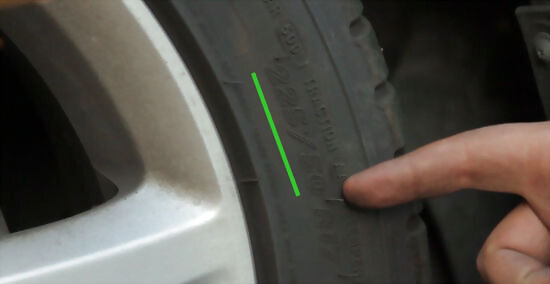
Find the width and aspect ratio. This is a series of numbers right after the service description. The series of numerals and letters will have a forward slash dividing them and have the general form of www/aaCrr. The first series of three numbers tells you the width of the tire tread in millimeters. Width tread may range from 155 to 315. The two numbers after the slash show the aspect ratio of the tire. This is the tread-width percentage that is equal to the sidewall's height. The average ranges from 55 to 75 percent in most passenger vehicles.
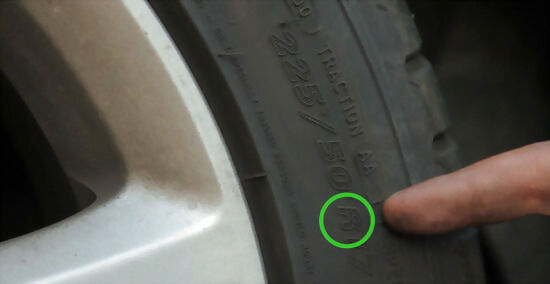
Know the internal construction of the tire. Most likely an "R," this mark usually comes right after the aspect ratio. "R" stands for radial construction, an industry standard for passenger cars. Some trucks may have a "B" instead, which stands for bias-ply, but which has largely been discontinued due to poor handling issues.

Know the rim diameter. Usually immediately after the internal construction, it's the rim size for which the tie was fitted. So, for example, if you have 22 inch (55.9 cm) rims, you'll have a tire whose rim diameter is also 22 inches (55.9 cm). The letters in the position of SC or C signify the speed rating of the tire (pre-1991) or the construction of the tire. An "R" means the tire is of radial construction. If there is an "HR," this is a high-speed radial tire.
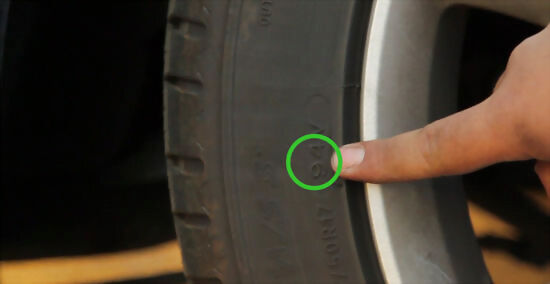
Find the tire's load index. This number is extremely important, as the load index is the tire size's relative load carrying capabilities. The higher the load index number, the larger load carrying capacity. The index is not a hard number; it's just a symbol of sorts. To find out how many pounds a tire can carry, consult a Load-Carrying Capacity Per Tire chart. To find out how much your entire car can carry without putting undue strain on your tires, multiply the number you found in the Load-Carrying Capacity Per Tire chart by four. You have four tires, after all. Never replace your tires with ones that have a lower load index than the original tires. You always want to have tires with the same, or higher load index. So, if you had tires with a load index of 92 to start off, you want tires with at least an index of 92 or higher.
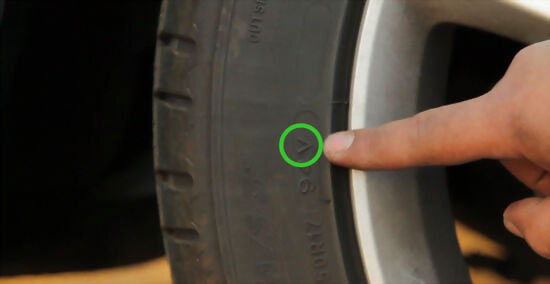
Find the tire's speed rating. The speed rating indicates that the tire can carry a specified load up to a certain speed. The most common speed ratings are S, T, U, H, V, Z, W, Y, and (Y). S means a tire can travel 112 mph (180 km/h) for extended periods. T means a tire can travel 118 mph (190 km/h) for extended periods. U means a tire can travel 124 mph (200 km/h) for extended periods. H means a tire can travel 130 mph (210 km/h) for extended periods. V means a tire can travel 149 mph (240 km/h) for extended periods. Z means a tire can travel over 149 mph (240 km/h) for extended periods. W means a tire can travel 168 mph (270 km/h) for extended periods. Y means a tire can travel 186 mph (299 km/h) for extended periods. (Y) means a tire can travel over 186 mph (299 km/h) for extended periods.
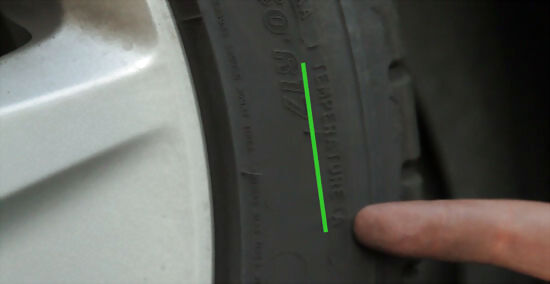
Find the temperature-resistance rating. This signifies the tire's resistance to heat generated at high speeds on the tire's inside portion. This may be an A, B, or C rating with A being the highest resistance and C being the lowest.

Identify the Department of Transportation code by finding the numbers that follow the DOT acronym.
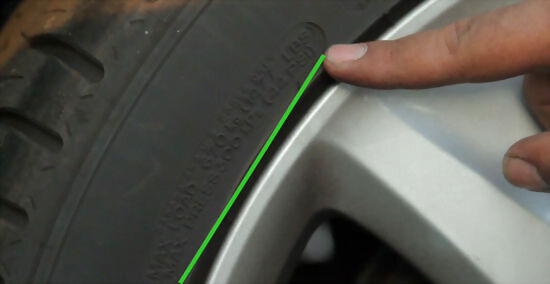
Find the cold inflation numbers near the inner edge of the tires. This tells you the pressure the tire should be at to optimize tire performance.



















Comments
0 comment